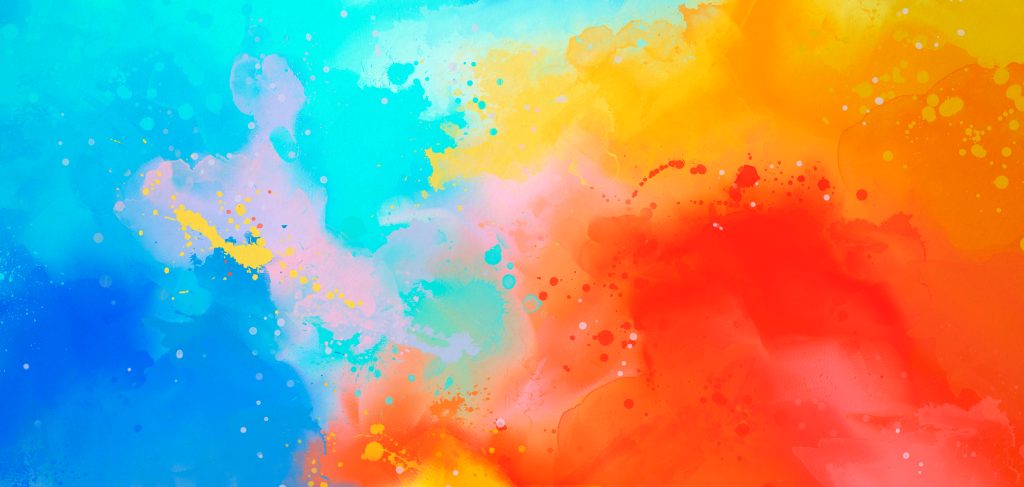You received the brief. You understand the deliverable, the due date, and the client’s expectations. You are ready to get creative. You sit down, grab a mug of the sweet elixir that is coffee, and put on your metaphorical creative hat. What’s next? How do you choose to begin the creative process? For each of us, it is different, and in the 20 years that I have been in this field, I have learned one thing: there is no wrong way to do it.
In the following article, I will outline how I like to get the creative juices flowing. I must reiterate, this is what works for me. You may read this and be like, “That would never work for me!” Don’t judge me, friends, and I promise not to judge you.
My Process
Music plays a huge role in my creative process. Whether it is film scores, 90s rap, or jazz music, there is always music playing while I am working. There is an added benefit of drowning out three children screaming downstairs during summer break. Music allows me to concentrate on the task at hand without being distracting. So, I always start my process with music.
Second, research. The type of research will depend on the deliverable. The research I conduct has the same desired result: furthering my knowledge about either the customer base of the deliverable or the setting in which my creation will be shown. For instance, the research I will conduct for a website designed to speak to potential students of long-term care kitchen education is vastly different from the kind for a mobile app for users of teeth straightening aligners.
For your creation to be successful, it must speak to the intended audience. I like to do some research about that specific group and identify at least three points that set this audience apart. As an example, if my client wants to reach 30-40-year-old mothers of young children, I will look up some creative examples of ads that speak to that audience. The search can be as ambiguous or specific as you want. “Creative ads for moms” in a Google search will do wonders. The results do not need to be exact representations of what you are creating but ones that spark inspiration.
WARNING!
Finding inspiration can lead to you completely abandoning your work as you watch YouTube videos of rugs being cleaned. Stay focused and on task!
When I say “setting,” I mean, how will my design be viewed? Is it viewed on a screen, in person during a trade show, in a magazine, etc.? Once that is determined, I will do some research on best practices for that final viewing platform. For example:
- Are there live areas you need to stick to for a print ad?
- How big is the booth space for this trade show?
- What are the height limitations of the room?
All those questions should be answered prior to opening a design program. Once they are, I feel comfortable enough launching my Adobe CC programs and getting to work.
As I am designing, I like to do a “walkout.” I literally get up from my chair (or a standing desk for my health-conscious group) and walk away from my screen. I find that diverting my attention for 10 minutes can almost reset my thinking. It allows me to come back refreshed and review what I am doing with a different lens. It will either reinforce my direction or give me the courage to abandon ship. Either way, it works for me.
When you are happy with your creation, save it, and close it. If deadlines aren’t looming, don’t open it again until the next day. You might find yourself thinking about what you created at dinner time and be struck with an idea that will take it over the top. Let that idea simmer a little before going back to the computer (but be sure to write it down!). If you are still excited about it when you log back in the next morning, get to work!
As I stated at the beginning of the article, this is what works for me and me alone. Feel free to take some inspiration from my process and add what works for you. There is no wrong way to approach a design project and the more you do it, the more refined your process will become.
At the end of the day, it is all about being comfortable in your setting having a confident feeling when sitting down to design. Whatever your process is, embrace it, and you will reap the rewards.
Happy designing!


